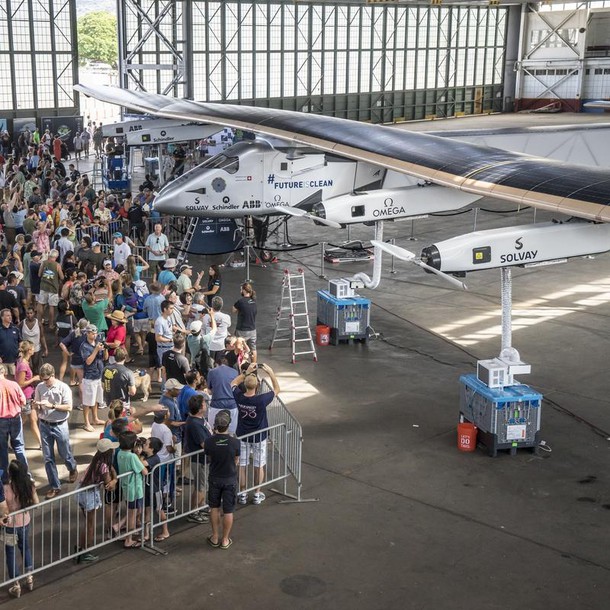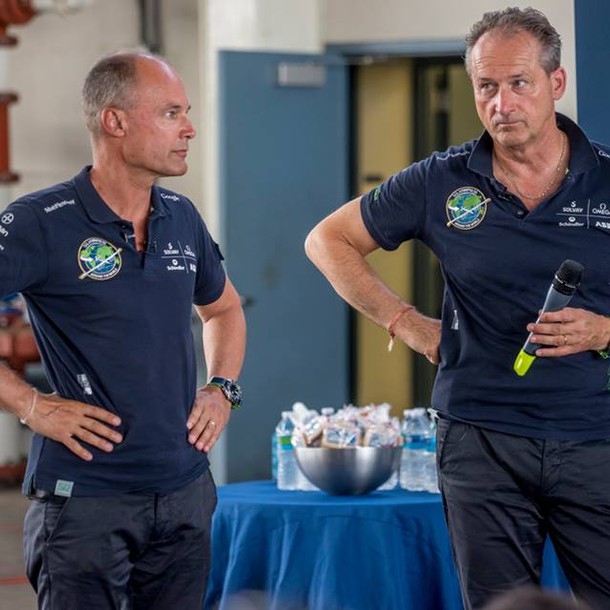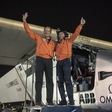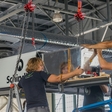
Solar Impulse has overcome the longest and most difficult part of the historical, pioneering journey around the world, which lasted 117 hours and 52 minutes. Not without consequences, though. Overheating due to a high climb rate and an over insulation of the gondolas caused irreversible damage to the batteries. The Team reports there was no option to decrease the temperature for the remaining duration of the journey.
They estimate that the damage occurred because of improperly anticipating the quick ascent and descent of the aeroplane in tropical climates and it is not to be treated as a standard technical failure. Repairs could last for several months, during which the Solar Impulse team will use this time to examine and study new options for improved cooling and heating systems on longer flights.
Until Solar Impulse is ready to take off again, the airplane will be kept in the hangar at the Kalaeola airport, hosted by the University of Hawaii and the Department of Transportation, respectively.
In April 2016 the mission to first fly around the world powered solely by solar energy will resume with the Solar Impulse heading towards USA West Coast, continuing its journey to JFK in New York, which is the last pit stop before crossing the Atlantic and then returning to Abu Dhabi, its initial departure point.
We wish Solar Impulse and its Team all the best!




